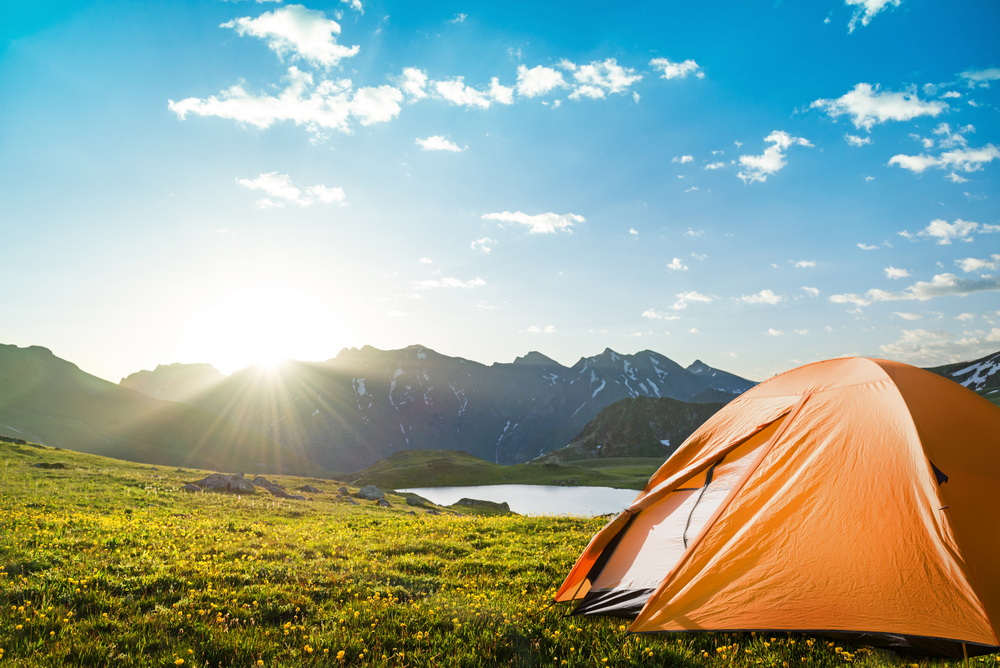If you like to go camping anywhere that isn’t a designated campsite, then finding the perfect spot to pitch your tent becomes almost as important as pitching it. As you venture into nature, there are no purpose-built areas designed to accommodate the human invention that is the camping tent. Tents must adapt to the conditions, not the other way around.
However, it is worth noting that finding the perfect spot isn’t always possible. In fact, if we are talking about the perfect point, then it isn’t even likely. In the spirit of adaptation and survival, you just need to make do.
Furthermore, not all tents are the same. Ideally, you will set off from home with the cam locking straps securing everything you need for the place where you know you are going. But if you are travelling through nature, then you can’t always be sure that the tent you have will suffice. Accordingly, by first considering where not to camp, you can at least be sure that you’re not in danger when you set up for the night.
The Hazards
Before going on to the locations to avoid when pitching your tent, it’s worth going over why you should avoid those places. Or in other words, the natural phenomena that present a real danger to anyone camping nearby.
Wind
Wind can strike anywhere that isn’t directly sheltered from it, and it can pick up or change direction when you least expect it to. Rollercam, a cam buckle tie down strap manufacturer, have come up with a good measure of when the wind becomes too strong for camping. If your driving becomes compromised on account of whatever you’re transporting catching the wind, then it will certainly be too windy to camp without shelter.
Falling Objects
Obviously, camping in the path of objects which could become loose and fall is a very bad idea. And there’s not much more to be said than that.
Animals
This hazard is actually not one of the big ones. Nevertheless, the food you bring along can potentially attract dangerous animals – most notably, bears. Minor hazard as it is, this is worth pointing out.
Where Not to Camp
So, with a brief rundown of the potential hazards complete, let us look at the specific locations where you should not pitch your tent. This can be because of simple inconvenience as well as safety.
Where It’s Wet
Besides the fact that sodden ground is difficult to securely drive tent stakes into, it is also usually an indicator of a nearby water feature. When close to a river or swamp, it is possible that the water can rise.
Too Close to the Fire
Naturally, you should avoid burning down your tent with your campfire. Remember though that embers and burning material can very easily come loose from a fire and be blown or kicked towards your tent. Keep the distance a safe one.
The Highest Point Around
When you are camping, you want shelter, and that is usually offered by the surrounding land formations. Camp on a peak or plateau though and you can expect full exposure to the elements – and you’ll be lightning’s first choice for striking.
Under Trees or Cliffs
You should aim to avoid trees and cliffs as these present falling object hazards when the weather gets bad. They can also present danger in good weather too – if material has been loosened by previous bad weather or damage.
Tents can be quite versatile accommodation and can be pitched in various places. It makes more sense, then, to have an idea of what you should avoid.










